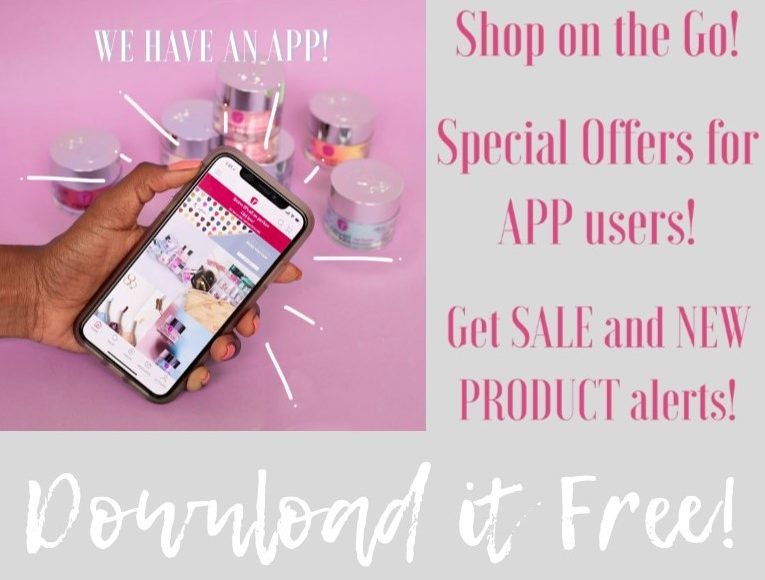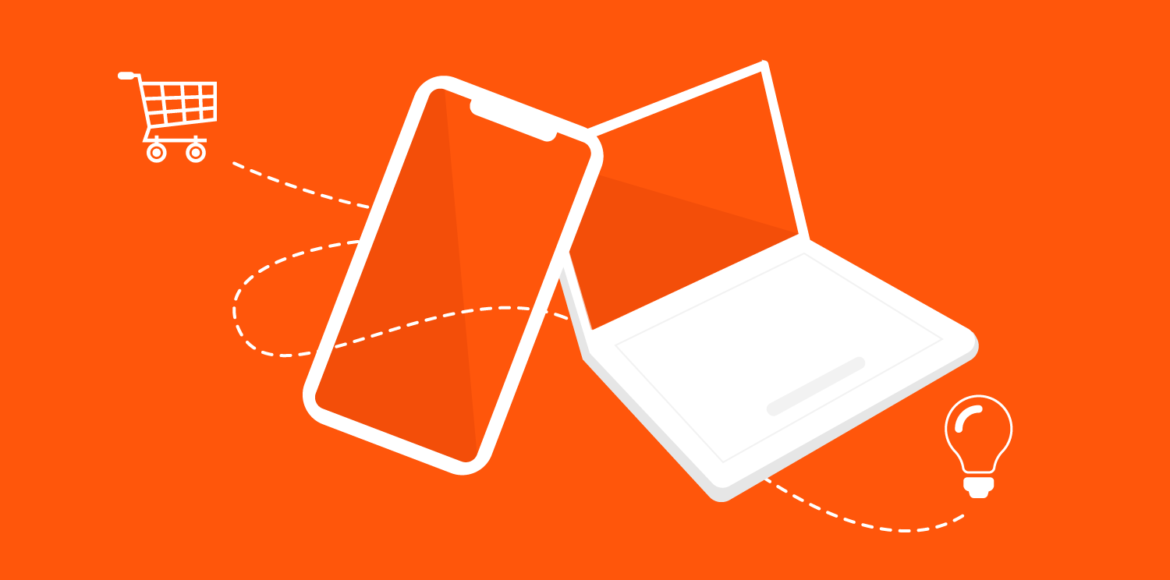Mobile couponing is blowing up, but many ecommerce businesses still haven’t captured the tremendous value that mobile coupons can provide. With the right strategy, a mobile coupon can give your sales a much needed boost and increase customer loyalty. Consider these tips to become the master of mobile deals!
Specificity Matters
A mobile coupon is not just a mobile coupon. It is also a fantastic opportunity to highlight a specific product or group of products. While storewide sales have their place, consider featuring specific items in your coupon so you have the opportunity to add descriptive language and make them appealing. You’ll find that customers often respond better to this type of curated approach.
Choose the Right Image
An image is an incredibly important part of your coupon. While it always pays to have sexy product images, coupons benefit greatly from soem extra attention. If you are tying your coupon to a specific event, consider adding a themed image of your product, or an image that features your product in use. Images do a great job of telling a story, and creative images will let your customers imagine what it would be like to own your item.
Concise, Descriptive Copy
The text that accompanies your image is absolutely crucial, particularly considering that your customers will actually see it right on their home screen when you send your coupon through push notifications. You’ll need to strike a good balance here, because too little information focusing on hard facts will make you sound robotic, while too much information will sound flowery and will get cut off. One sentence of informative, descriptive text will make a huge difference where your coupon is concerned.
Correct Timing
Different audiences respond to coupons best at different times, so it pays to experiment and find the sweet spot for your customers. When starting out, try to put yourself in the mindset of your customer. Does your target market work 9-5 hours? Do they have an academic schedule? When do they normally buy from you website? This information will help you get a good idea of the peak time to send mobile coupons. You can hone from there.
Value For Them, Value For You
Mobile coupons can provide a great way to move products, but you’ll need to confirm two things overall: is the coupon valuable enough to be interesting to your customers? Does the coupon also serve to meet your goals? It’s pretty rare that businesses create a coupon simply to liquidate inventory. You want to make sure that the coupon creates value for you. Don’t send a coupon unless you have a clear goal in mind, and then measure against that goal. Whether you want to push a specific product at an intro rate or want to garner return customer loyalty, measure. It is the only way you’ll determine the true value of your mobile coupon.
These items all demonstrate the qualities of a great mobile coupon, but specifics can be useful as well. What have you found to be effective in your mobile coupon strategy? What mobile coupons have you personally responded to?






